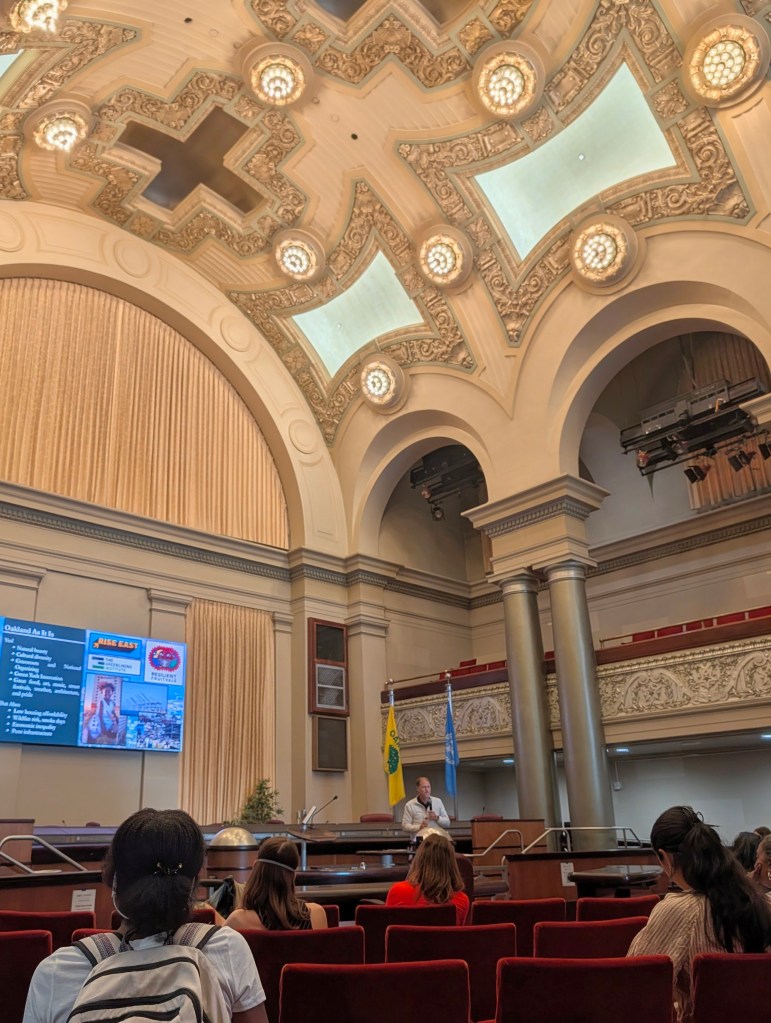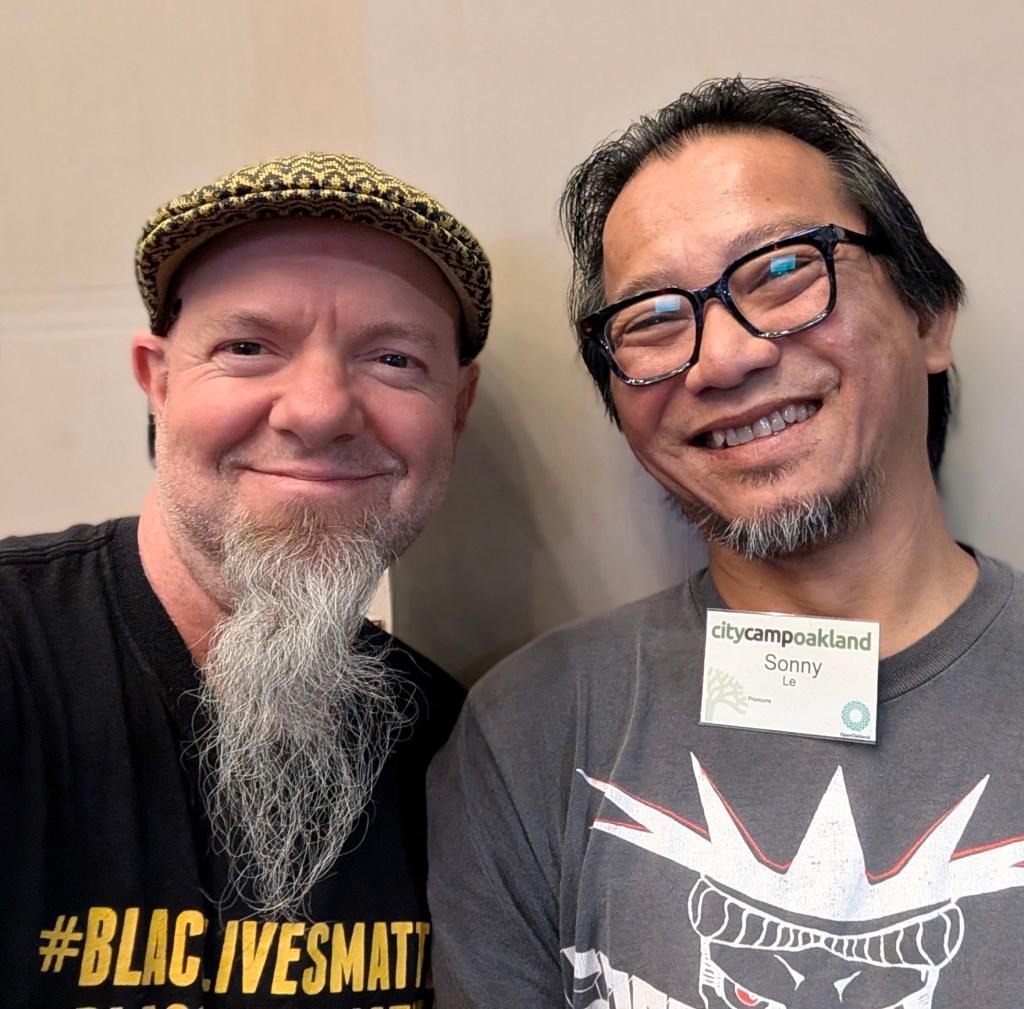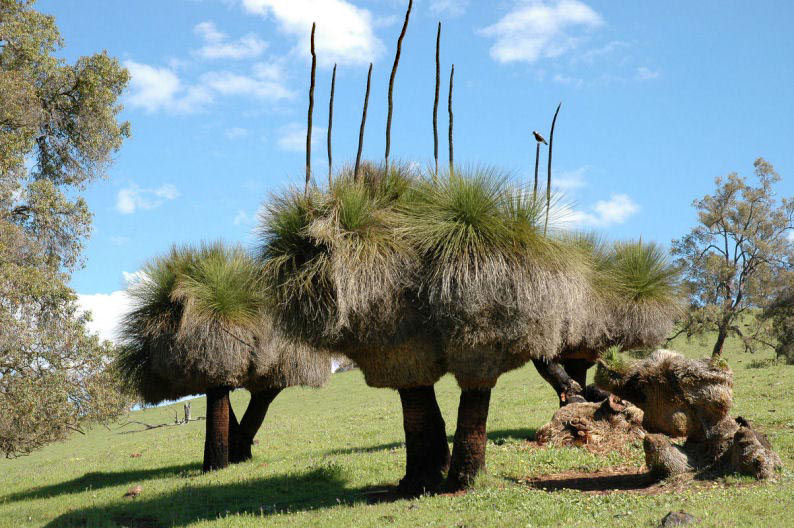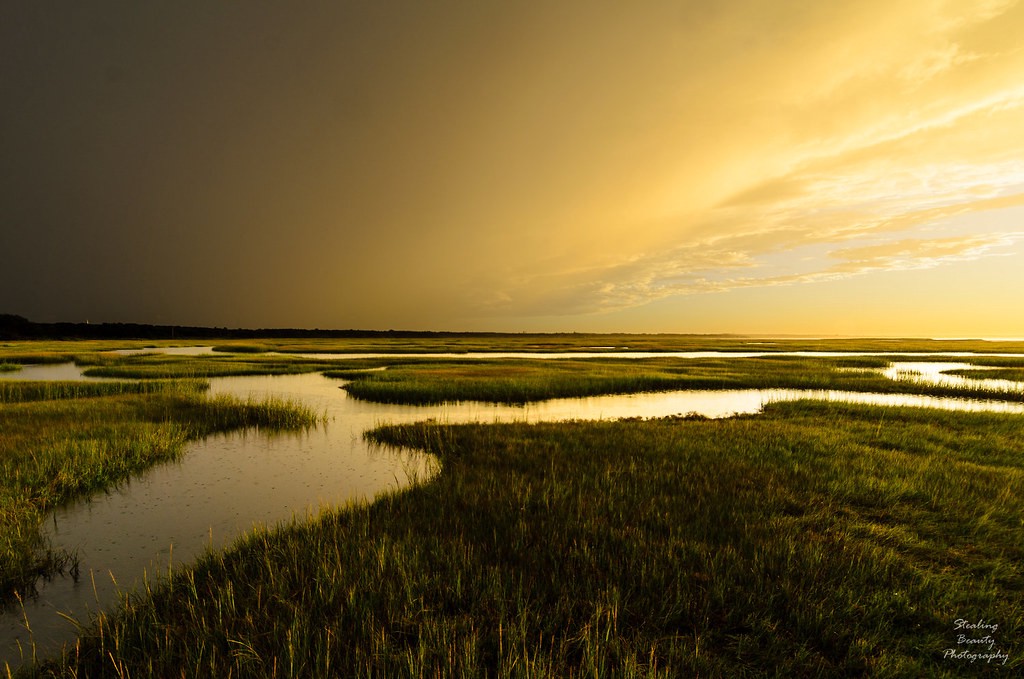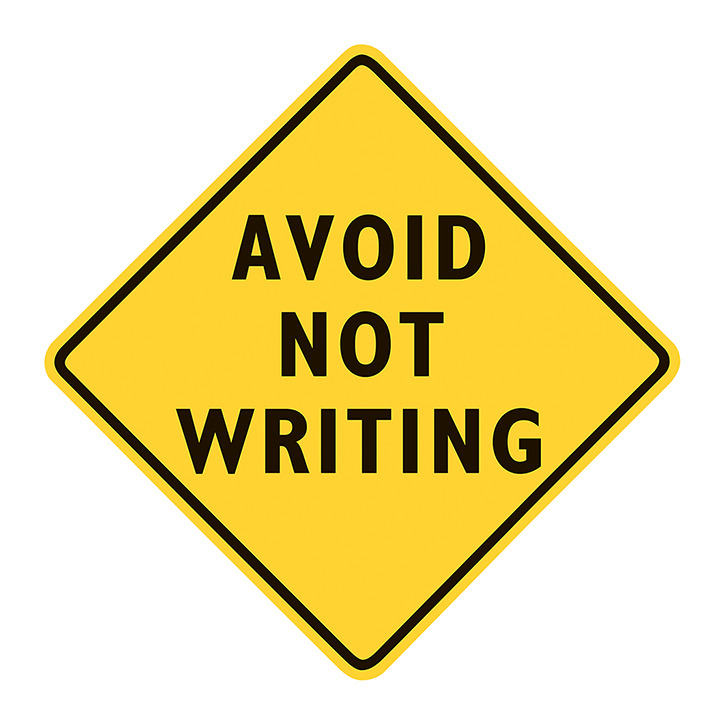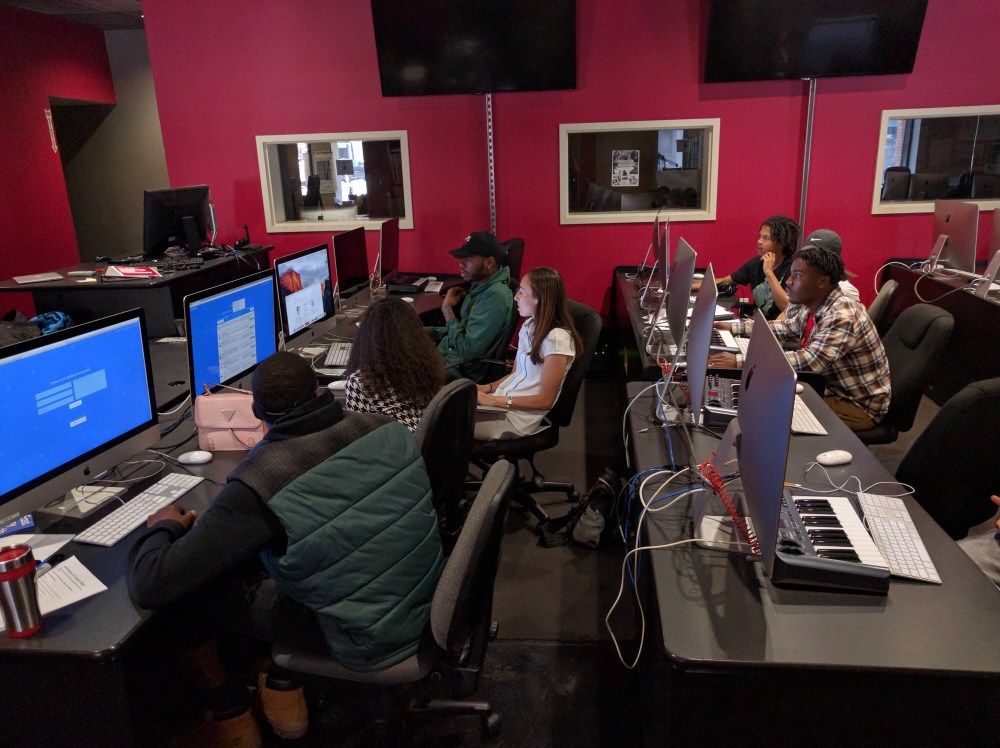This has been a big few weeks for the idea of feminism, respect, and equality for women and amid the horror and furor of events, I confess one thing just shook me. If I’m honest, it’s stuck with me like very little else in life has. One piece of writing featured on a bold podcast on sexism in the church in America has done me in, I find myself broken again each day over this, more tears than I’ve ever known aside from personal loss- a story that reaches deep inside and unravels much of the sexist shit I’ve carried, even as a man who has been somewhat sensitive to sexism for many years, as a man who’s consciously built a team that includes women and is safe for women, make that two teams. Despite this, one piece of writing has challenged so much for me, and it’s shaken me up in ways that make me more empathetic than ever, its no longer just “injustice”, its real women, real pain, real harassment, abuse, and shame, and no, its not ok, not with me, not with my faith, not with my family. The more I talk about this and the more this becomes a public discussion we can have, the more we all realize that almost all women have stories they are ashamed or afraid of, and men have to start getting this, not denying, not excusing, not deflecting.
Enough of my fumbling. Below is Lisa’s piece in it’s entirety, I’ve been posting snippets all week on the facebook, here it all fits together. Again, trigger warnings for female readers. For men, take pause for a second before you read it all.
(Thank you so much Mike, Michael, Lisa and everyone else on the truly wonderful episode of the Liturgists, a fantastic podcast, check em out here.)
****
First moments, the merging of two cells into one, multiplying—two, four, six, eight—rapidly growing and forming the information that will decide my hair, eyes, teeth, hands, my genetic DNA. Everything I needed to become a human and still I am invisible to the naked eye. I am grown from my Mother’s own body, my blood from her blood, my heartbeat from her choice; making her belly swell and her hormones go crazy with rage and want for whip-cream filled donuts at 4am.
My body grows and she puts her hand upon her belly to feel a foot kick her side, the jerk of hiccups, the round of my head. She is proud, proud of her body that is a force, source of life to mine.
I grow. Her body tells her it is time; I come into the world with pain and euphoria as she breaks her beautiful body to give me life. She sees me for the first time, what she has made, and it is good. The intricacies of the human body is something staggering – veins, heart, lungs, synapses, toenails, chemicals, eyelashes, all good and beautiful. She holds my body and breathes in.
I grow. From a baby to a toddler, toddler to little girl. I am four and I can run around with my shirt off and feel the fullness of the wind. I can paint my belly and take baths with my friends, slap my butt and laugh. We sleep under stars and run through sprinklers naked and wild. We are silly and think our bodies are strange and wonderful.
I grow and I am six. I am taught what I can and cannot do with my body; can no longer take my shirt off outside on my front porch, no longer run around naked with my friends outside with paint on our bellies because the man across the street stares so my Mother takes me inside and tells me I am now the age where I need to be careful. A feeling comes I never knew before, I learn later the word for it is this – shame. We are at our friend’s house and the teenage boy keeps making me sit on his lap; I don’t understand it. We are all sitting in a circle, about ten of us, and no one notices. I am confused and try to get away from him, but he holds me there and moves his hands in a way I don’t understand. I feel I should obey because he is a strong older boy and I a small girl inherently weaker than he. I get mad that my body is not stronger, that I cannot break free. I feel it is my fault, maybe I should not have worn shorts so my legs were covered. And then there was the church leader, my friend’s father, who insisted he put lotion on my legs after our bath. I didn’t want him to, but he made me obey, because he was a man, and I, young and born the lesser of the sexes. It is uncomfortable and I thought he must not know what he is doing, a respectable man, let alone a church leader wouldn’t do this…but now I am older and know better, yes, he knew. So I am six and I can no longer be free in this body I once ran wild in, but I should cover it because there are predators and I don’t tell because I am ashamed, and it was no big deal, no reason to fuss.
I am fourteen. I feel my body changing on me, I notice and others notice and I no longer have the freedom of my youth. Blood comes and I am embarrassed; hiding the grocery store runs, keeping it a secret, seeing my brother laugh when he looks under the sink. It is a wonder of growing to womanhood, but I am starting to hate being a woman. I am ashamed at what my body does, this beautiful thing that I once ran free in is turning on me, making me awkward and uncomfortable because even you are now uncomfortable with that thought. Boy’s eyes consume rather than see. I am told this is my fault, I am told God wants me to cover my body, wear longer skirts and shirts up to my collar bone and be sure it isn’t tight. But how much skin is okay? Because other girls cover their whole body in black and I heard of the day there were two separate staircases for males and females so that males wouldn’t accidentally catch a glimpse of a girl’s ankle.
Now that I am fourteen, now that I am changing, is God now ashamed with what he made? The body formed in my mother, so good and beautiful, turned to shame with age and religious threads weaving and constructing my social identity? Oppression for something I cannot control, something completely natural and good. If this body is not holy in and of itself then God should have never made it in the first place. It’s the flower hating its vibrant petals, the beautiful tree sprouting from the earth only to grow and be ashamed of its bark.
I am twenty. I have rejected the shy, awkward aspects of womanhood and instead learned to joke about it to cope and be cool. But when night comes, I am often afraid to walk down the street alone. Every walk I take is accompanied with fear, because I see the eyes consume. I hear the threats and am followed. I have friends who are victims. Every girl I know has been afraid, every one of them. From taking a simple walk to rape and a child coming from it. One hid in the laundry basket when she was 9. One silently prayed every night from 13 to 16 that her father would be too drunk to come into her bed. One was at a party with her friend, he wanted something, she didn’t, so he trapped her in the restroom. One hid from her brother, another from her grandfather, another from her coworker. Some say it is the woman’s fault—the shirt was too low, breasts too big, how can a man resist? But here’s a staggering idea: maybe the victim isn’t at fault. If in looking at the beautiful woman’s body you cannot appreciate her beauty but must strip and consume then it is true our culture has poisoned your mind—consume, take, be the animal, take, take, take.
Shame. Did my mother think that when she held me close to her chest at my birth? Was she ashamed? The beautiful form becomes forbidden and lusted at a certain age, all held together by a story of a serpent and a woman. Though some claim the curse is broken, some still believe it—the body is shamed, curse ever present.
I am thirty. I made two girls within my own body, felt the rush of bringing them into the world, and when I saw their bodies, I saw a miracle. Their skin and eye lashes perfect. Tiny lips, tiny fingernails, eyes embodying innocence and awe. They grow and run around my house naked and scream wildly without self-awareness or social concern. I teach them about our culture and what is and isn’t acceptable. But what I will not teach them is shame of their body. It was beautiful from moment one, and that will not change – not with age, not with anything. One daughter looks at her body in the mirror, we talk about the organs and skin, how her body will change. She is beautiful on every count. I remember when I was six, and I know I have to warn her. Not shame her, but tell her how some people were not taught to love, but take for themselves and she must be brave and aware. It pains me as I tell her, her innocent mind not know why one person would hurt another in such a way. “Do not be afraid,” I tell her. “But this is our culture, so be smart and be aware my brave girl.” Shame teaches us, but I will not teach my daughters in this way. I will empower them to be proud of their bodies, respectful of their bodies, in awe of how miraculous it is and what it is capable of.
I will tell my daughter that to be a woman is not to be lesser, not object, not the bed in the red light district, nor the “bitch” in the hotel. She is not the body to exploit or product to consume.
“She” is not shame.
“She” is beautiful woman with beautiful body, capable of cosmic realities. Holding someone close, experiencing love, making love, creating life, accepting another human life as her own, feeling pain, joy, giving strength, healing with a kiss, wholeness with a touch; giving physical and mental nourishment with her own body.
“She” is grounded enough to follow, still capable to lead from a child to a nation. The woman’s body is made in the image of Love, from Love herself, Life herself, so she herself is of God.
For my Grandmother, for my Mother, for my daughters, my friends, and as a reminder to myself: be proud, beautiful woman, your body is intrinsically good, perfectly good.
Perfect from moment one.
By Lisa Gungor, part of the wonderful Gungormusic.com world.


